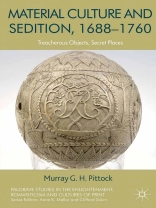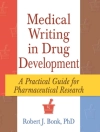Material Culture and Sedition, 1688-1760 is a groundbreaking study of the ways in which material culture (and its associated designs, rituals and symbols) was used to avoid prosecution for treason and sedition in the British Isles. The fresh theoretical model it presents challenges existing accounts of the public sphere and consumer culture.
Tabla de materias
Preface Acknowledgements 1. Treacherous Objects: Towards a Theory of Jacobite Material Culture 2. Décor, Decoration and Design 3. Sedition, Symbols, Colours, Cant and Codes 4. Associations and Antiquarians 5. Glass, Ceramics, Medals, Weapons and Relics Postscript: The Making of Memory Appendix: Index of Symbols, Cant and Code Bibliography Index
Sobre el autor
Murray Pittock is Bradley Professor of English Literature at the University of Glasgow, a Fellow of the Royal Society of Edinburgh, and a prizewinner of that society and of the British Academy. He has previously held chairs or other senior appointments at Strathclyde, Edinburgh and Manchester universities. His internationally leading work on Jacobitism and Romanticism includes Scottish and Irish Romanticism (2008, 2011), The Myth of the Jacobite Clans (1995, 1999, 2009), The Edinburgh Companion to Scottish Romanticism (2011) and Robert Burns in Global Culture (2011).












